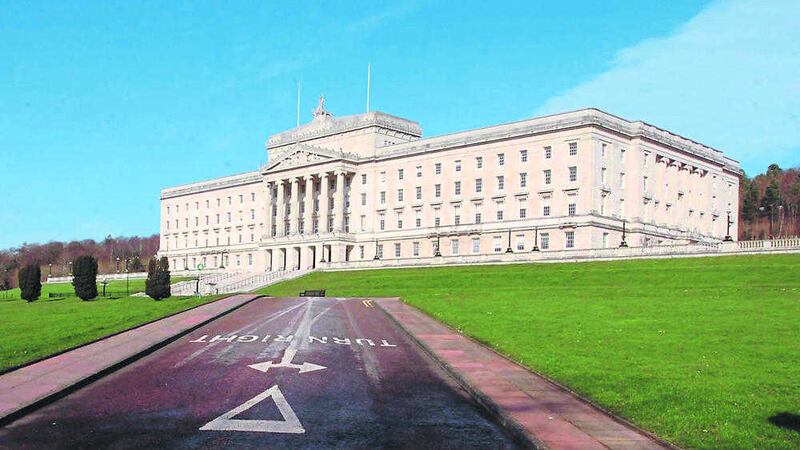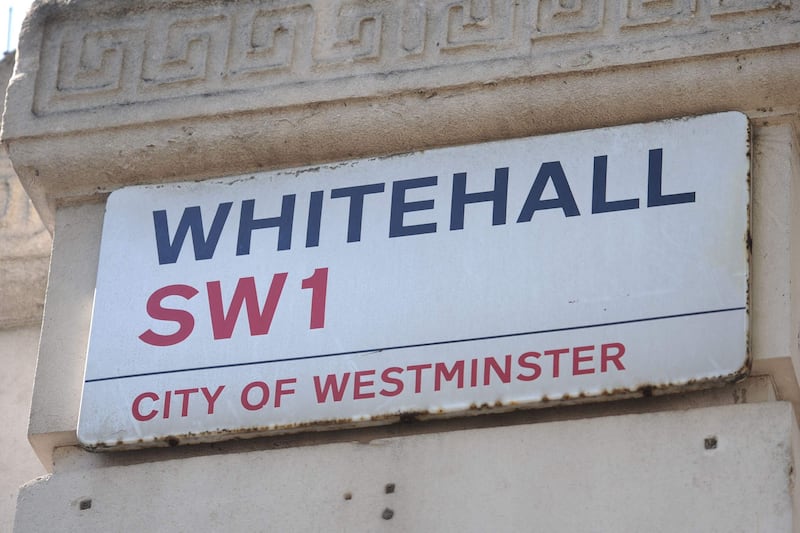AROUND 10,000 public servants in the north are expected to leave under voluntary exit arrangements, the head of the Civil Service has said.
The posts will be shed over four years and are half the number originally envisaged, Dr Malcolm McKibbin added.
He said the £700 million scheme, funded by borrowing from Westminster, was a "blunt instrument" and there would be some readjustment needed to the workforce amid a reform programme of unprecedented scale.
Dr McKibbin said: "We will reduce the size of the Civil Service and the wider public sector in a manner which allows us to continue within our budget."
He added: "I would think the ultimate figure at the end of the four years will be nearer to 10,000."
Initially it was estimated to cost £35,000 per head to release people, originally thought to be enough to make 20,000 redundant.
However that has been revised because the average cost of the scheme is expected to increase as time goes on.
Decision-makers do not consider 20,000 redundancies to be necessary and it was never a target.
Dr McKibbin told Stormont's Finance Committee the scheme had to be a blunt instrument.
He said: "Strategic workforce planning will follow from this point. This is a capacity adjustment, the service will be in a much better shape to then go on to the next stage of three-to-five-year plans to make it a much leaner, fitter and more agile organisation."
Major reforms like reducing the number of Stormont departments to nine and centralising of some functions are going on at the same time as the job losses.
Dr McKibbin added: "We cannot continue doing the same things in the same way with 17% less posts."
A system offering voluntary exit from the Civil Service, as well as a separate mechanism for releasing members of the wider public sector, was established following the 2014 Stormont House talks.
Around a third of those who received offers to leave the Civil Service ultimately rejected them and opted to stay on, senior civil servants said.








